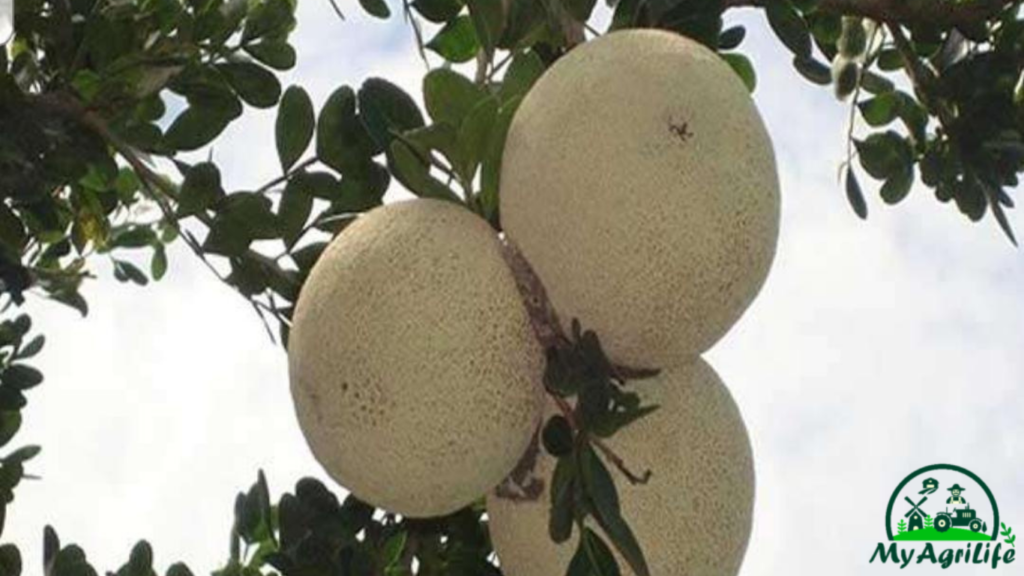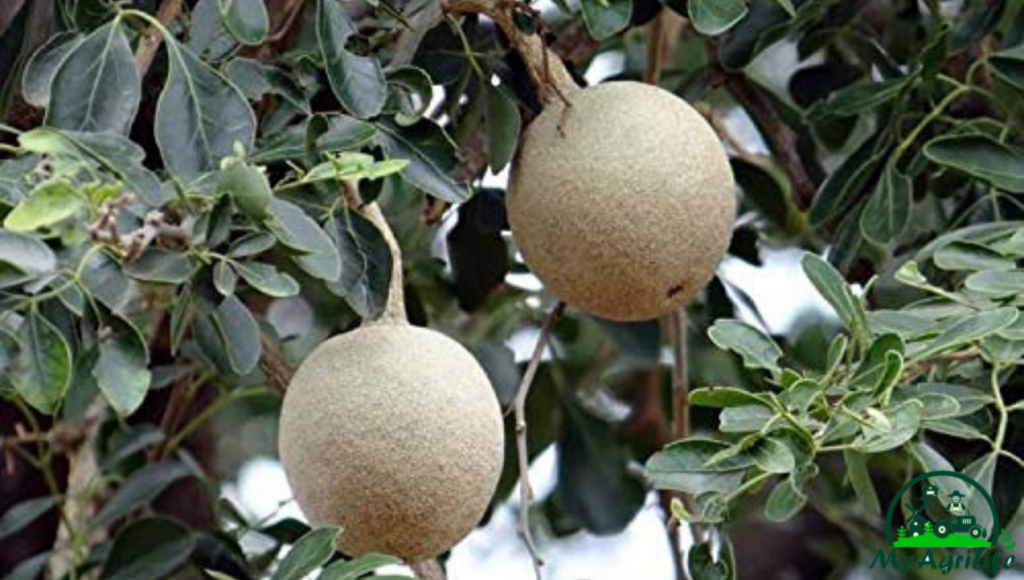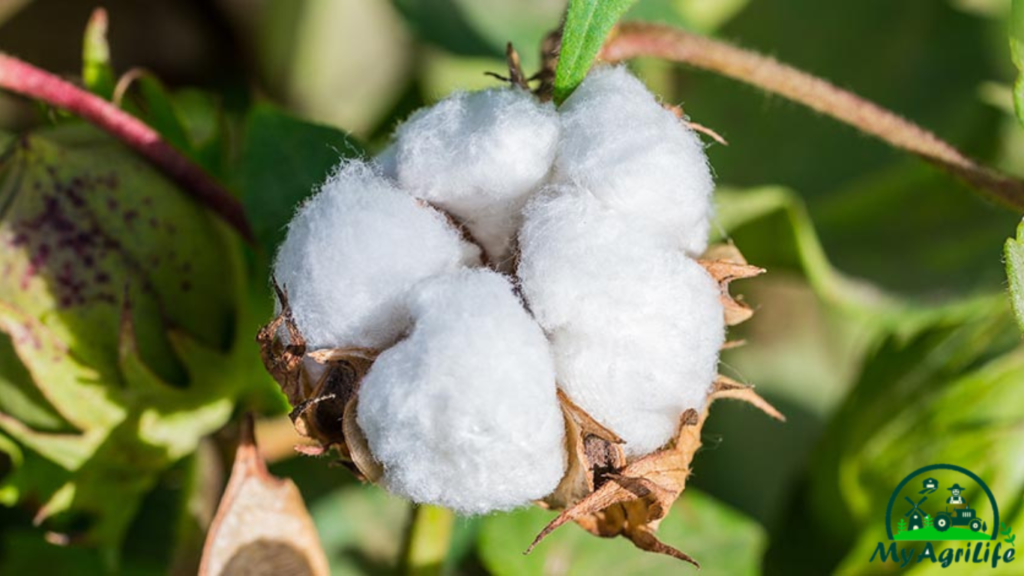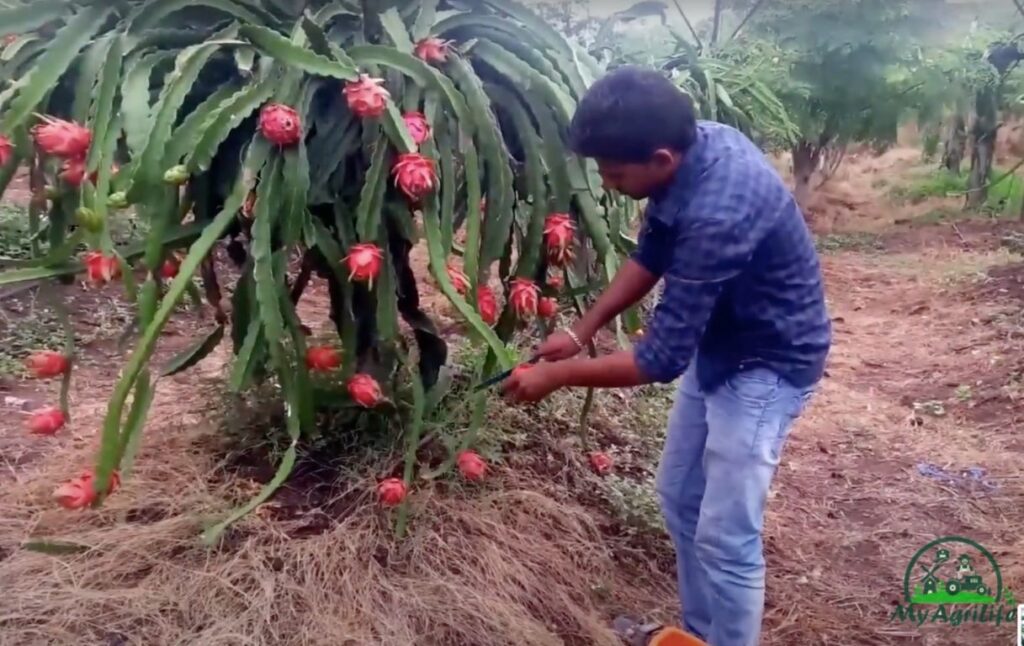
Kaitha is a fruit that is also known as “wood apple” in English. Its scientific name is Limonia acidissima and it is native to India and Southeast Asia. The fruit is round and has a hard shell that needs to be cracked open to reveal the pulp inside.
The pulp of the kaitha fruit is brownish-yellow in color and has a sweet-sour taste. It is commonly used to make a refreshing drink called “kaitha sharbat” in India, which is made by mixing the pulp with sugar, water, and some spices like cumin and black salt. The pulp can also be eaten raw or used in chutneys and pickles.
In some parts of India, the dried pulp of kaitha is used as a digestive aid and is believed to have medicinal properties. The leaves of the kaitha tree are also used in traditional medicine to treat various ailments such as diarrhea, dysentery, and respiratory problems.
Seed Specification Kaitha

The seeds of the kaitha fruit are small and oval-shaped, with a hard outer shell. They are usually brown or black in color and are about 1-2 cm in length.
When planting kaitha seeds, it is important to use fresh seeds that are free from any cracks or damage. The seeds should be soaked in water for about 24 hours before planting, which helps to soften the hard outer shell and increase the chances of germination.
Kaitha seeds require warm and humid conditions to germinate, and they can take anywhere from 1-3 weeks to sprout. Once the seedlings have emerged, they should be kept in a warm, well-lit area with good drainage.
When planting kaitha seeds, it is important to keep in mind that kaitha trees are slow-growing and can take several years to produce fruit. They also require regular watering and fertilization to grow properly.
Land Preparation & Soil Health Kaitha
Kaitha trees require well-drained soil that is rich in nutrients. Here are some steps to prepare the land for planting kaitha trees:
1.Clear the land: Clear the land of any weeds, debris, or other plants that may be competing with the kaitha tree for resources.
2.Soil testing: Conduct a soil test to determine the soil pH, nutrient levels, and other soil properties. Kaitha trees prefer slightly acidic soil with a pH between 6.0 and 7.0.
3.oil preparation: If the soil is compacted or has poor drainage, it may be necessary to till the soil and add organic matter such as compost or manure to improve soil structure and fertility.
4.Digging holes: Dig holes that are at least 1 meter wide and 1 meter deep to ensure adequate space for the kaitha tree’s root system.
5.Planting: Plant the kaitha tree in the center of the hole, backfill with soil, and water thoroughly.
6.Mulching: Apply a layer of mulch around the base of the tree to help retain moisture, suppress weeds, and provide nutrients as it breaks down.
7.Fertilization: Apply a balanced fertilizer to the soil around the base of the tree once a year, preferably in the spring.
It is also important to monitor the soil moisture levels and avoid overwatering, as kaitha trees are susceptible to root rot in waterlogged soil. Additionally, regular pruning and removal of dead or diseased branches can help maintain the health of the kaitha tree.
Crop Spray & Fertilizer Specification Kaitha
Crop spraying and fertilization are important aspects of kaitha fruit cultivation that can help improve the health and yield of the trees. Here are some guidelines for crop spray and fertilizer specifications for kaitha:
Crop Spray:

1.Pesticides: Kaitha trees are susceptible to pests and diseases such as fruit flies, scale insects, and powdery mildew. To control these pests, kaitha farmers may use insecticides and fungicides. It is important to use the correct dosage of these chemicals and to follow the recommended application method and timing.
2.Biopesticides: In addition to chemical pesticides, kaitha farmers can also use biopesticides such as neem oil, garlic extract, and botanical extracts to control pests and diseases. These are considered safer alternatives to chemical pesticides and do not leave toxic residues on the fruit.
Fertilizer:
It is important to apply fertilizers in the right quantity and at the right time to avoid over-fertilization, which can lead to nutrient imbalances and environmental pollution. Kaitha farmers should also monitor soil fertility levels and adjust fertilizer application accordingly.
1.Nitrogen: Kaitha trees require nitrogen for leaf growth and fruit development. Nitrogen fertilizers can be applied in the form of urea, ammonium sulfate, or ammonium nitrate. However, excessive nitrogen application can lead to vegetative growth at the expense of fruit yield.
2.Phosphorus: Phosphorus is essential for root development and fruit ripening. It can be applied in the form of rock phosphate or superphosphate.
3.Potassium: Potassium is important for fruit quality and disease resistance. It can be applied in the form of potassium chloride or potassium sulfate.
4.Micronutrients: Kaitha trees also require micronutrients such as iron, zinc, manganese, and copper. These can be applied as foliar sprays or soil amendments.
Weeding & Irrigation Kaitha
Weeding and irrigation are important aspects of kaitha fruit cultivation that can help maintain the health and yield of the trees. Here are some guidelines for weeding and irrigation for kaitha:
Weeding:
1.Manual weeding: Kaitha farmers should manually remove weeds from around the base of the trees and between the rows. This helps reduce competition for nutrients, water, and sunlight.
2.Mulching: Applying a layer of mulch around the base of the tree can help suppress weed growth and retain moisture in the soil.
3.Herbicides: Herbicides can be used to control weeds, but it is important to use the correct dosage and application method to avoid damage to the kaitha trees.
Irrigation:
1.Watering schedule: Kaitha trees require regular watering during the growing season, especially during hot and dry weather. A regular watering schedule should be established based on the local weather conditions and soil moisture levels.
2.Irrigation method: Drip irrigation is a recommended method for kaitha fruit cultivation, as it delivers water directly to the roots of the trees and reduces water loss through evaporation.
3.Water quality: Kaitha trees are sensitive to salinity and alkalinity in the water. It is important to use clean and fresh water for irrigation and to avoid using water that is high in salts or minerals.
4.Drainage: Good drainage is important for kaitha trees, as waterlogged soil can lead to root rot and other diseases. The soil should be well-drained and free of any standing water.
By following these guidelines, kaitha farmers can maintain healthy and productive trees that produce high-quality fruit.
Harvesting & Storage Kaitha
Harvesting and storage are important aspects of kaitha fruit cultivation that can affect the quality and shelf life of the fruit. Here are some guidelines for harvesting and storage of kaitha:
Harvesting:
1.Harvesting time: Kaitha fruit is ready for harvesting 4-5 months after flowering. The fruit should be harvested when it is fully ripe and turns yellowish-orange in color.
2.Harvesting method: Kaitha fruit can be harvested by hand-picking or by using a long stick to knock the fruit off the tree. Hand-picking is recommended to avoid damaging the fruit.
3.Post-harvest treatment: After harvesting, the fruit should be handled gently and not exposed to excessive heat or cold. Kaitha fruit can be washed with clean water to remove any dirt or debris.
Storage:
1.Storage temperature: Kaitha fruit should be stored at a cool temperature of 10-15°C to extend its shelf life.
2.Storage duration: Kaitha fruit has a short shelf life of 3-4 days at room temperature and 7-10 days in a cool storage. Therefore, it is important to sell or consume the fruit as soon as possible after harvesting.
3.Storage container: Kaitha fruit can be stored in plastic crates or cardboard boxes that are clean and free of any contaminants.
4.Post-harvest treatment: Kaitha fruit can be treated with fungicides to reduce the risk of fungal infection during storage.
By following these guidelines, kaitha farmers can maintain the quality and shelf life of the fruit and ensure maximum profits from their harvest.
Conclusion
In conclusion, kaitha farming can be a profitable and sustainable agricultural enterprise with the right management practices. Kaitha trees are relatively easy to grow and require low maintenance. However, to achieve optimal yields and fruit quality, farmers should focus on land preparation, soil health, crop spray and fertilizer specification, weeding, irrigation, harvesting, and storage.
To succeed in kaitha farming, farmers should also stay up-to-date with the latest research and development in the field, collaborate with other farmers and industry experts, and adopt innovative technologies and practices. By doing so, they can improve their productivity, profitability, and sustainability, while contributing to the growth and development of the agricultural sector.









